Diablo IV’s release is a monumental gaming event. With a series containing only four titles between 1997 and 2023, it’s rare to see the action RPG add new installments. Diablo 4 was officially announced some four years ago – originally revealed in 2019 – and anticipation had plenty of room to grow, with good reason.
While it has a couple of weaker points, Diablo IV has once again shown everyone why it’s the king of the hack-and-slash adventure genre and offers up the best gameplay in the series’ history.
Related: Diablo 4 Complete Strategy Guide – Quests, Crafting & Locations
Momma’s Home

Set 50 years after Diablo III: Reaper of Souls, the world of the Sanctuary is in disarray, to say the least. With half of humanity wiped out, countless dangers filling the world with fear, and no sight of levity, it’s a bleak and challenging time for the people inhabiting the world.
The return of Lilith, the daughter of Hatred and the antagonist of Diablo IV, sets the story in motion. She claims her plans will put an end to the Eternal Conflict between Heaven and Hell that has ravaged the world since its beginning, but not without some pretty destructive consequences.
Your journey begins in a small cave after becoming stranded in the wilds of Sanctuary, with a small but effective cutscene to set up your adventure, and from there, it’s off to the races.
Let’s rip off the bandaid; this is not the epic story-driven experience I was hoping for, but it’s one of the better narratives I’ve seen in a Diablo title. The darker tone of Diablo IV is very welcome and fits perfectly with the game’s overall aesthetic. You’ll see some dark, gritty moments that exemplify that feeling. The death of sons, mothers, and friends, the unraveling of people’s hopes, and the struggles, trials, and burdens of the world and its inhabitants drive this sense of desperation that blankets humanity. It’s quintessential Diablo pulled off to great effect.
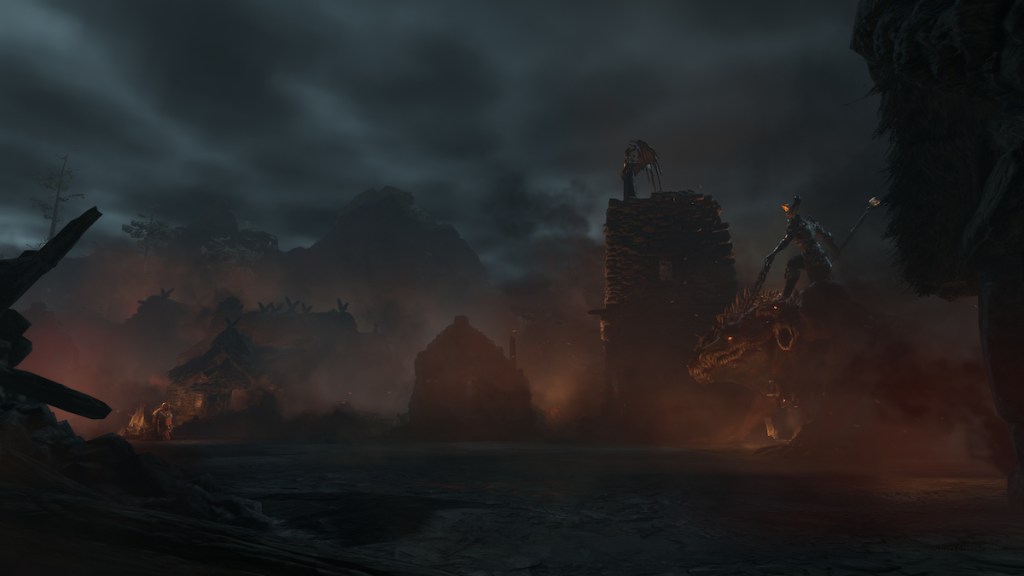
It’s helped by a solid cast of characters that you’ll encounter, with the older, more grizzled Lorath and the young and driven Neyrelle being particular standouts. Alongside them are a few other key characters, each with their own motivations and feelings, blended with varied shades of grey that made them complex enough to pique my interest.
That said, they pale compared to the real stars of Diablo IV; Lilith and Inarius, the mother and father of Sanctuary.
Whenever these two were on screen, they quickly stole the show and provided some of the best moments in Diablo IV’s story. The voice work of Caroline Faber and Gabe Kunda had a gravitas that made it hard not to be fully invested in their dialogue. With both being full of conviction and purpose in every word they said or action they took, I couldn’t help but be sucked in. This is especially true towards the end of the game, where the duo finally meet and exchange words in what is easily the best moment in the story.
So imagine my surprise that despite being prominent in marketing and being displayed as a formidable foe, we saw Lilith and Inarius pretty underutilized in the story.
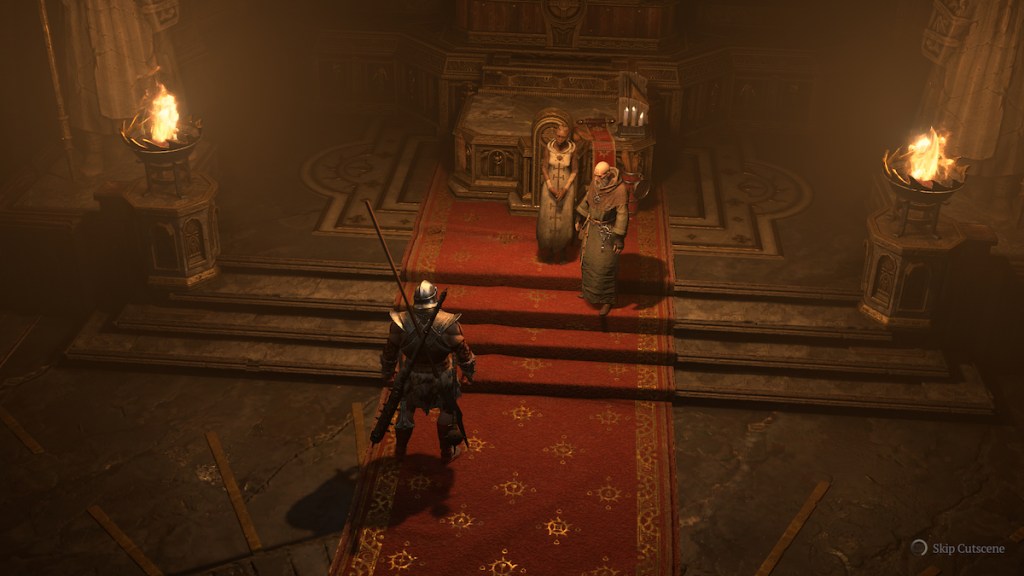
For a good portion of the game, I was hearing more about Elias, Lilith’s follower, than the main antagonist. That’s not to say I disliked his character or the involvement of other villains, but it felt like the character who should be front and center was more of a background player.
Seriously, why were we spending more time dealing with the simpy, moody child and not the step-on-me demon mommy?
This was amplified by the story’s length and structure. There are six acts to Diablo IV, with the first three more like an extended introduction to the main characters. It wasn’t until act four that I felt the story hit its stride, but at that point, I was 30-40 hours deep and a bit apathetic to it all.
That, coupled with my other grievances, made the overall experience a mixed one. With a more compact, smaller story, or greater focus on its key villain, it could have been a hellish epic. But instead, it was more of a lukewarm offering with some fiery moments littered throughout.
Was it bad? No, but unfortunately, like other titles in the series, the plot feels secondary to the rest of the package.
Kill, Loot, Repeat
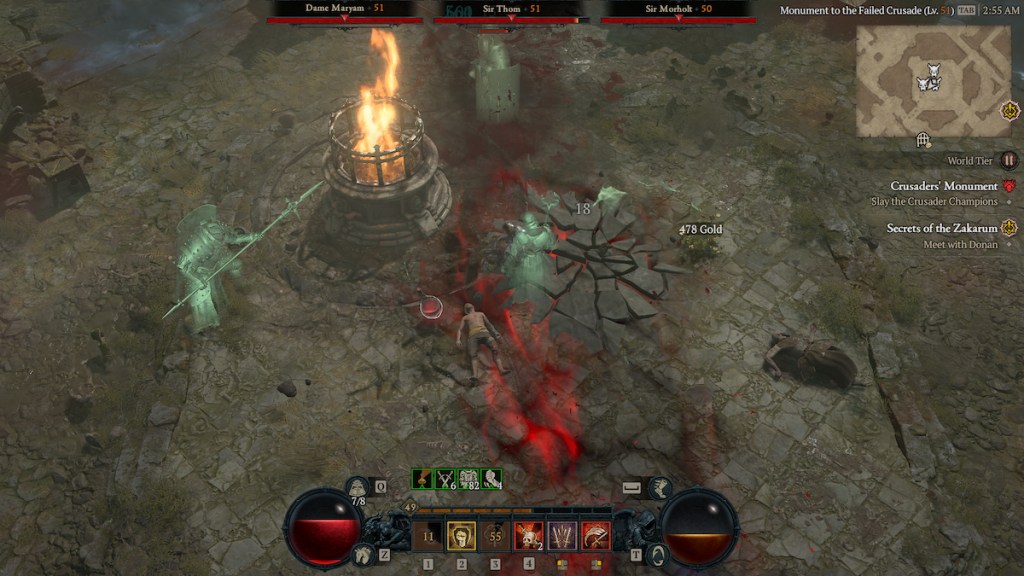
Where the narrative may have had a few missteps, Diablo IV’s gameplay is the opposite and marches along with confidence. At its core, the Diablo series has always been about the power fantasy, demon-slaying, loot-grabbing adventure, and it’s been improved to the series’ best offering. It’s also the most player-centric and rewarding experience I’ve had in a Diablo game.
If you’ve played a Diablo game before, you know what you are in for, but if you are new to the series, Diablo is about as pure a video game as you can get. The basics are simple; you go out into a vast world of dark fantasy, find various enemies, ranging from demons to thieves, knights to monsters, slice, smash, blast, and otherwise annihilate them, grab cool loot, get stronger, and repeat. In that regard, Diablo IV is pretty much the same as its predecessors, offering a fun, explosive, over-the-top action-focused experience – and it doesn’t need to change that.
It’s still fun, over the top, and action-packed, just how it should be, and it’s not afraid to be that kind of game: no BS, no fluff, just pure, unadulterated carnage.
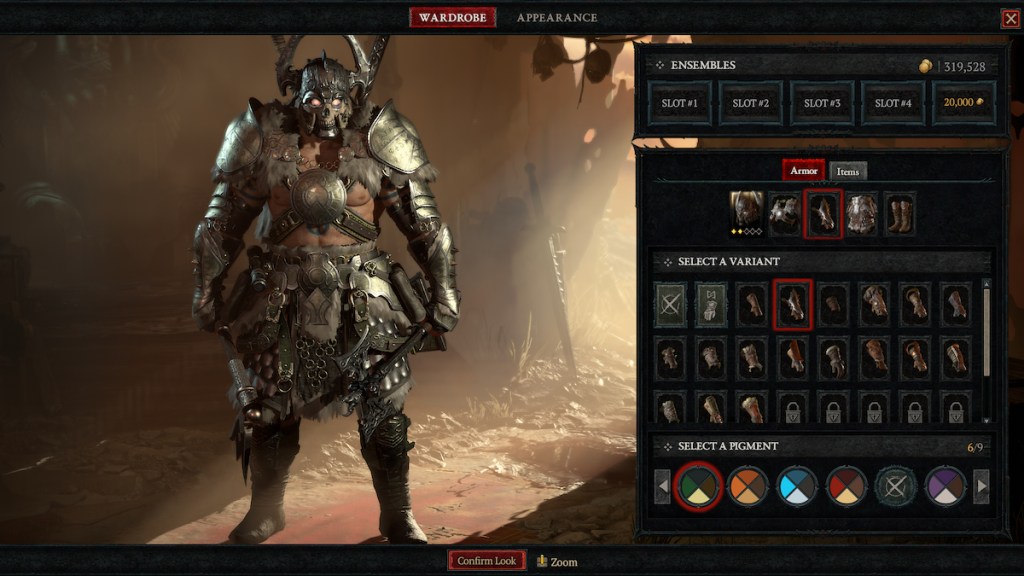
You’ll unleash that carnage as one of five playable classes. For me, that was the barbarian – the hulking mountain of muscle and weaponry who liked to be hit and hit back harder. Having dabbled in each class, I can say that each offers vastly different playstyles and skills. All of them are fun and exciting in their own ways, having unique flavors and quirks while feeling powerful and nuanced, especially as you progress to higher levels.
Whether by the story or your curiosity, You’ll enjoy your class’s brand of demonic slaying goodness with many opportunities to engage in the game’s cycle of loot-filled violence. There are the dungeons, a Diablo staple that involves exploring randomly generated instances filled with enemies and various objectives. Cellars, with quickfire encounters and rewards. Side quests are littered freely across the map.
Lastly, there are Strongholds, a personal favorite of mine. These involved large fortress-like areas filled with formidable enemies, bosses, and rewards that provided ample challenge and were precisely the kind of activity I was looking for.
These and some other tidbits are enjoyable and plentiful without feeling like a nuance but rather healthy and worthwhile distractions. All serve to aid your progress and give you an excuse to smash demons, not that you’ll need one.
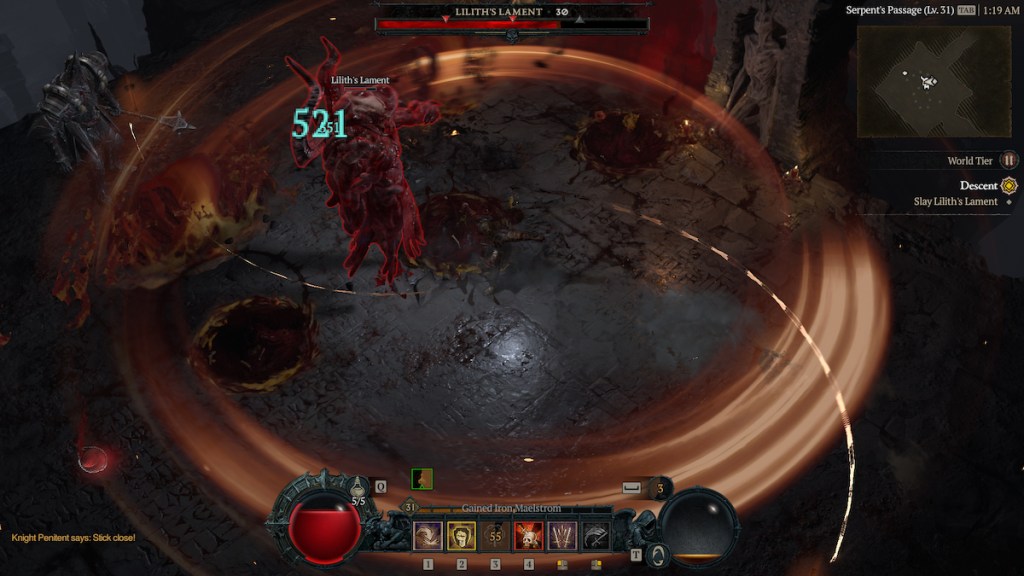
There is a method to the madness, though, as your questing, slaying, and exploring all offer the chance to gain a myriad of rewards, the biggest being the plentiful amounts of loot. With each piece, you’ll see your character grow stronger, which tickles the primitive part of my brain; my numbers are bigger, I’m more powerful, and I’m happy. Whenever I saw an item and gold burst from an enemy’s corpse, I rushed to pick it up and see its stats. It quickly becomes an addiction, one that feels consistently rewarding and satisfying.
You’ll also earn other rewards like Renown, which acts as a reputation for each of the game’s five regions. Earning Renown will reward you with bonuses like skill points and additional potion capacity for completing tasks and exploring the world. Add to that gold, resources, and material for crafting, and you’ll overflow with hard-earned rewards.
There’s just something about Diablo that scratches a primal urge for me. I wanted every item I could find, and I wanted to see myself become stronger, and the game is constantly feeding that urge. It’s a simple yet satisfying gameplay loop that no other game in the genre can nail, like Diablo.
Become A Refined and Formidable Weapon
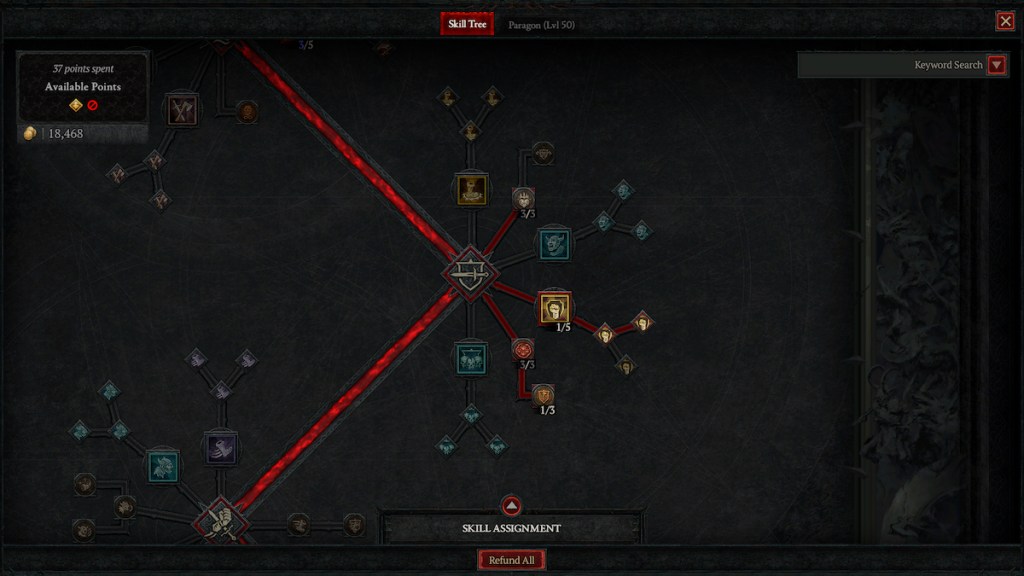
Blizzard has stated numerous times that Diablo IV is a player-centric game. We heard it during the promotional material, and we heard it in our interview. I can say with complete confidence that Diablo IV is the best representation of that idea in the entire series by a large margin. Every facet of the game’s design involving your character is nuanced and deep in a way that boggled my mind, not with fear or confusion, but with seemingly endless possibilities.
The classes play a major part in this, specifically, how you build your class. As we said, they each have various skills, plenty of quirks to how they play, and nuanced features that make them distinct. What takes that further is the skill tree, which is both approachable and deeply complex in a way that empowers players to make their characters their own.
Players will have several sections they unlock as they level up, investing in varied skills and passive abilities. This ranges from your basic attacks to core resource spenders, all the way to key passives and ultimate skills. With each new skill gained and point spent, your character will begin to morph into your own creation, processing its own unique playstyle created by you, for you, and no two characters will feel alike.
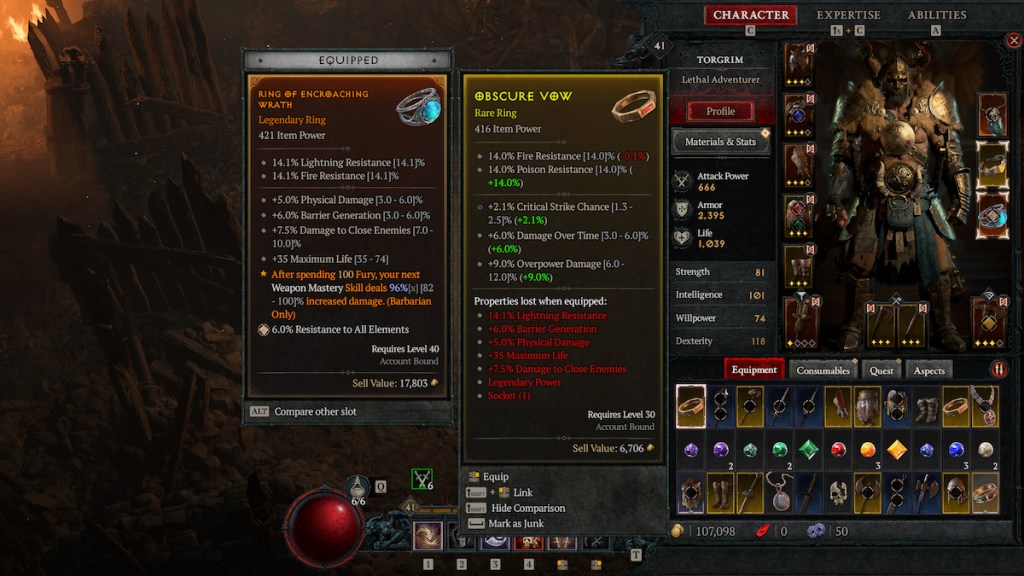
Legendary effects and gear play another role in that personalization. Getting gear to improve specific stats or fit your playstyle isn’t anything new to Diablo. Still, here it feels a bit more refined than in previous entries and works alongside your character’s progression beautifully. With new legendary effects that alter or modify your character’s skills and capabilities, I’d rethink and explore some new options and ways to play or refine my build. I began to hunt for the right combination of effects to take advantage of my character’s skills and abilities, and I loved every second of it.
In my case, my barbarian was built to become stronger as a fight went on. As my defense grew, so did my damage and resistance, then I’d throw in bleeds on my enemies, stack up debuffs, and go to town with my arsenal of weapons.
Even from the early game, I was planning and theory crafting builds, made easy by clear information and details. Whether you are a new or seasoned player, you should find it fun and relatively stress-free. Special shoutout to the keyword search in the skill tree, which made finding and planning my build so much easier. That’s not even mentioning the paragon system, a late-game progression that adds even more nuance to your build and playstyle with tables or stats boosts and extra effects to unlock.
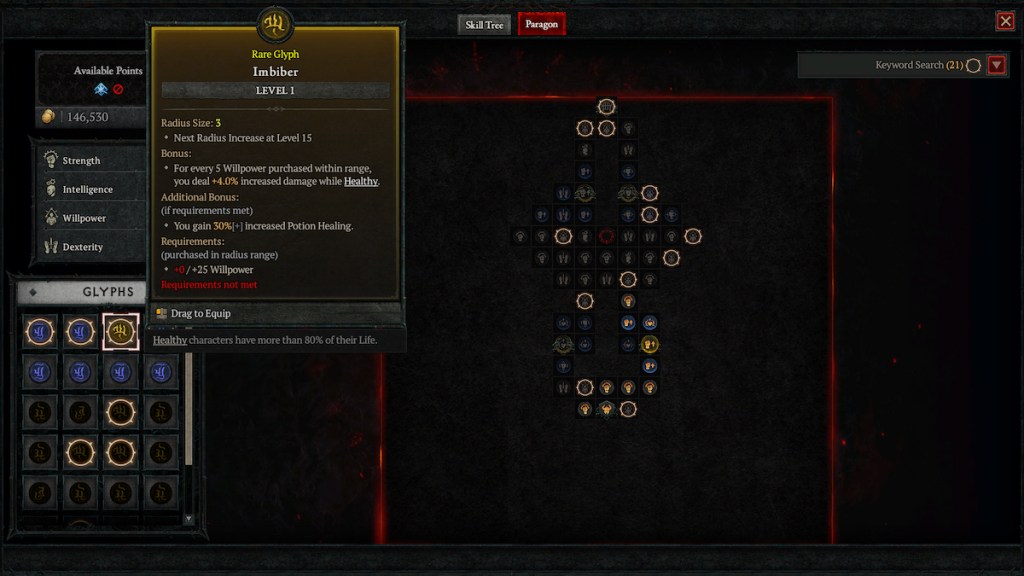
Then as an extra bit of flavor, you can utilize the crafting systems. In other games, it may feel a little tedious to return to cities and spend time adjusting your gear; in Diablo, it’s a worthwhile and fun part of the experience.
I often made pit stops to the crafters during my time playing. I used all the options given to me to update and salvage gear for parts, remove and apply new legendary effects, or cleanup and craft potions, but it just made me appreciate my character more. Doing that, along with the content of the game, molding my barbarian into the hero he became, felt equally complex, exciting, and fulfilling.
I’ve never had more fun crunching numbers and planning in a game than in Diablo IV, and I expect I will do it for hours still.
The Tale Goes on and on
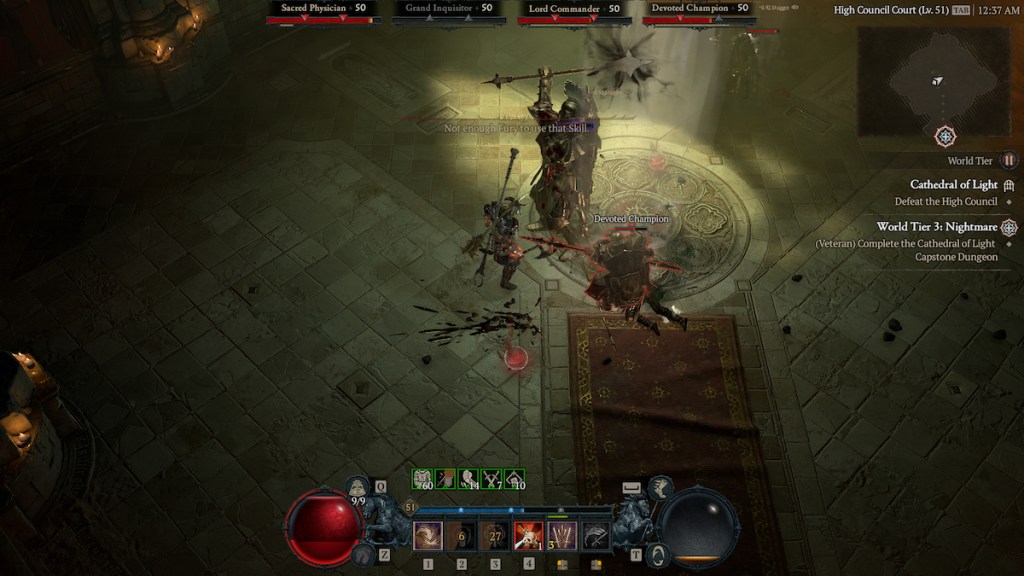
Now we dive into the features I was most skeptical about, the endgame and live service approach.
Leading up to release, I had mixed feelings about how these elements would feel in Diablo IV, especially since this entry is leaning toward them more than we’ve seen in the past. Despite not having as much time as I’d like to get my teeth into the endgame, what I got to play showed a lot of promise and eased my worries.
Right after the campaign, I dived into the multiple activities the game unleashed on me. There were Helltides, which saw an area of Sanctuary overrun with demons for a set amount of time, with loot and extra currency to find and use while in the affected area. Next, I took a trip to the Tree of Whispers and unlocked Grim Favors, a point system you earn from completing activities in the world that vary depending on the tasks. Once you have enough, you can nab yourself some extra gear caches. For me, the Nightmare dungeons took my fancy, offering tougher challenges in dungeons with limited revives and modifiers to provide new challenges.
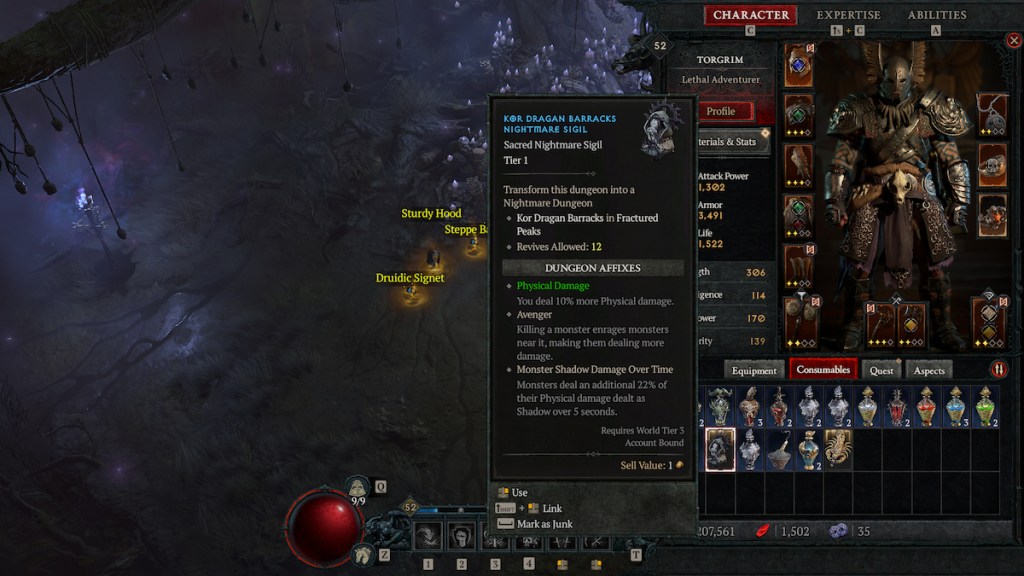
All of these welcome additions kept me busy and scratching that gear-hunting itch, though how much that feeling lasts in the months following the game’s launch remains to be seen.
While I didn’t experience it with this build, I can see that the MMO-like elements in Diablo IV could enhance the experience. Having other players and friends to play with has always been a highlight of the series, and I can see that being the case again alongside the endgame content.
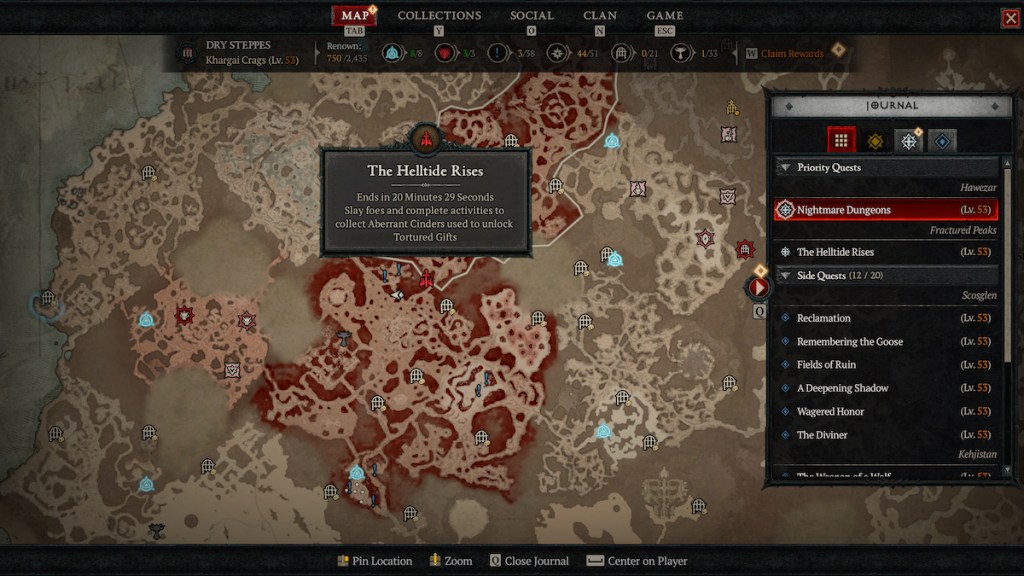
The upcoming seasons and battle pass could enhance that further with updates, new content, and some rewards players can earn. Of course, I can’t say that for sure, but with the fun I had on my own, I believe these additions and the live service angle could be good in the long term if done correctly.
I hope so since it’s still a full-price title, and it’s already a tougher pill to swallow to ask for more money after the fact.
Verdict

To boil it down to the basics, Diablo IV is the best version of the series formula we have seen, even with a few blemishes.
Everything great about the series, the combat, gameplay, loot chasing, dungeon diving action is all top-notch, and its simple yet profoundly complex and layering systems show why Diablo is the top dog of action RPGs.
It’s a shame that the story felt like it was in the background and didn’t quite live up to the epic tale I expected. But where it stumbled, its great characters would lift it and keep me engaged. The core of Diablo, that power-chasing, primal gameplay focus, is intact and fantastic, and I can’t wait to jump back in to do it all over again.
Final Score:
9/ 10
| + | Classic Diablo gameplay is here, refined, and the series’ best. |
| + | The sheer amount of customization is staggering. |
| + | Every system and feature feels important and worthwhile. |
| – | The story once again feels like an afterthought. |
| – | Not enough Lilith. |
| – | A few server issues made for some frustrating sessions. |
Gamepur team received a PC code for the purpose of this review.


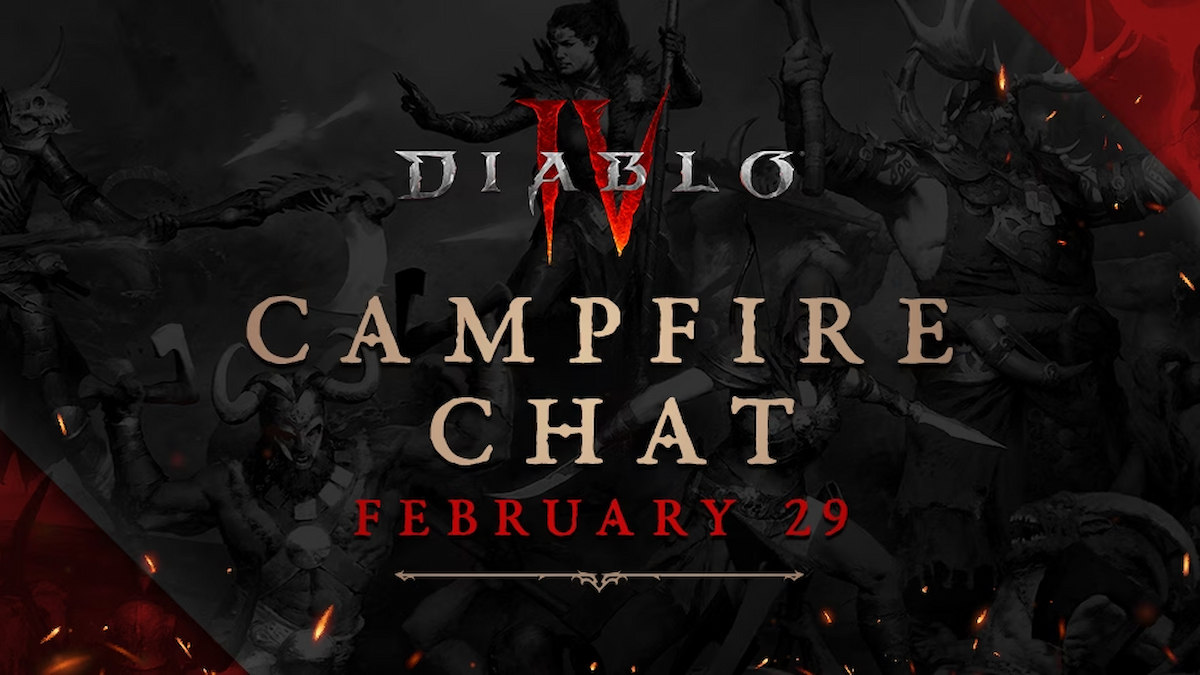
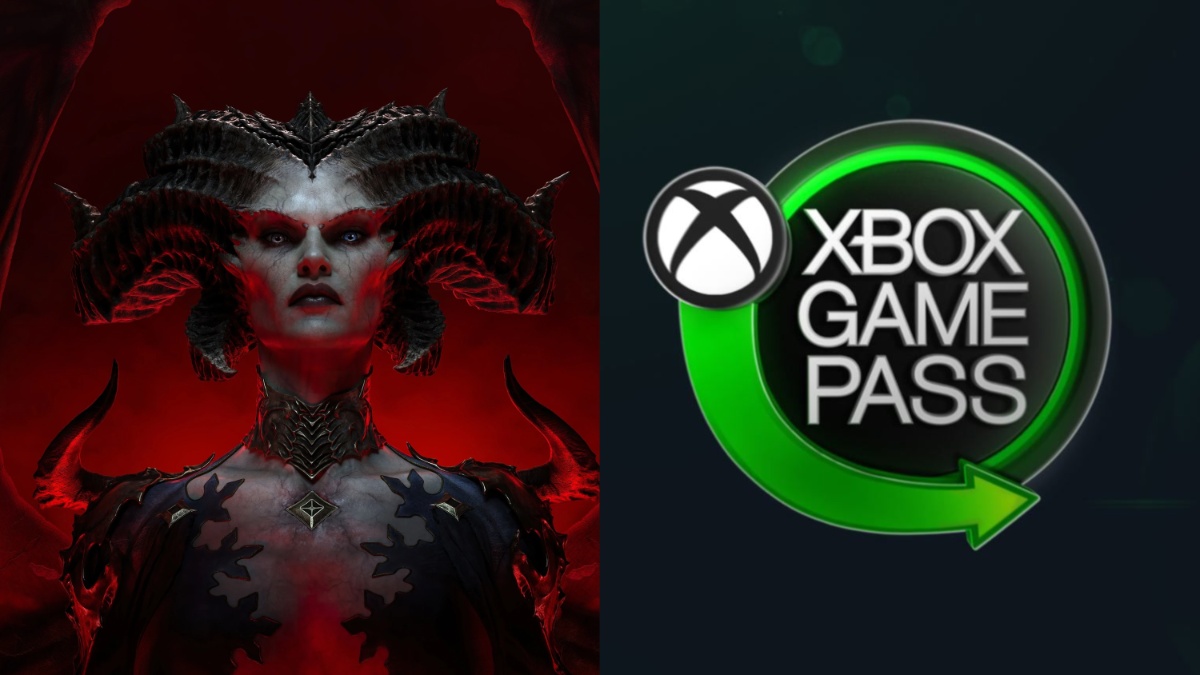
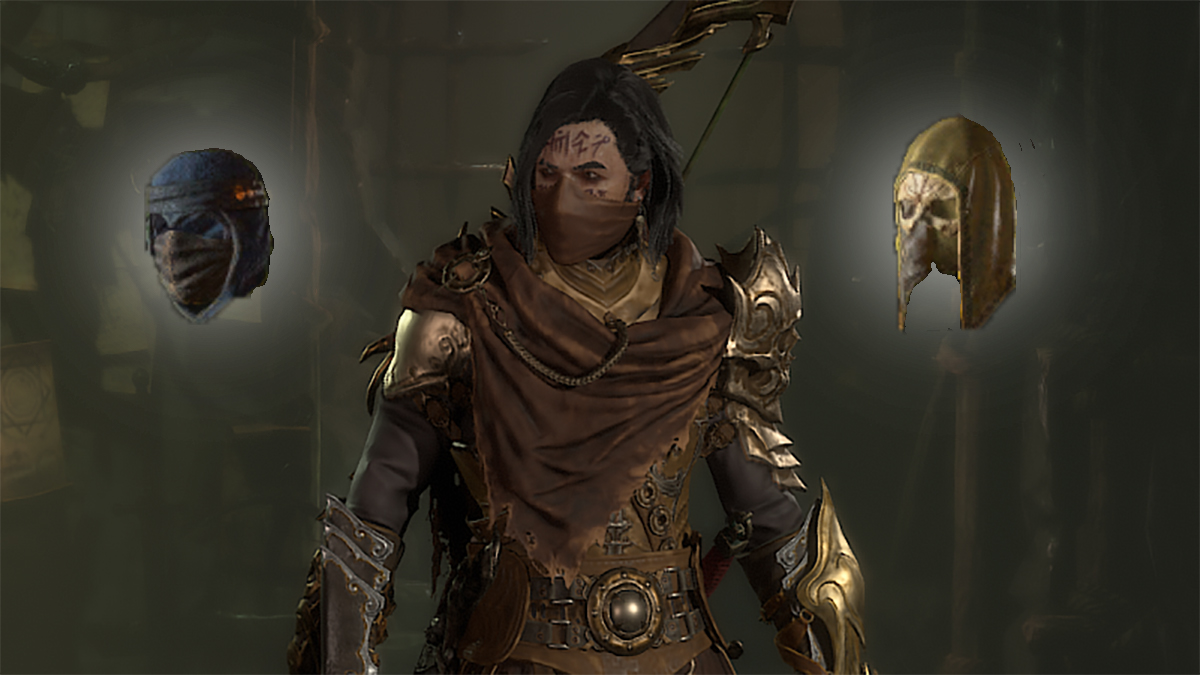
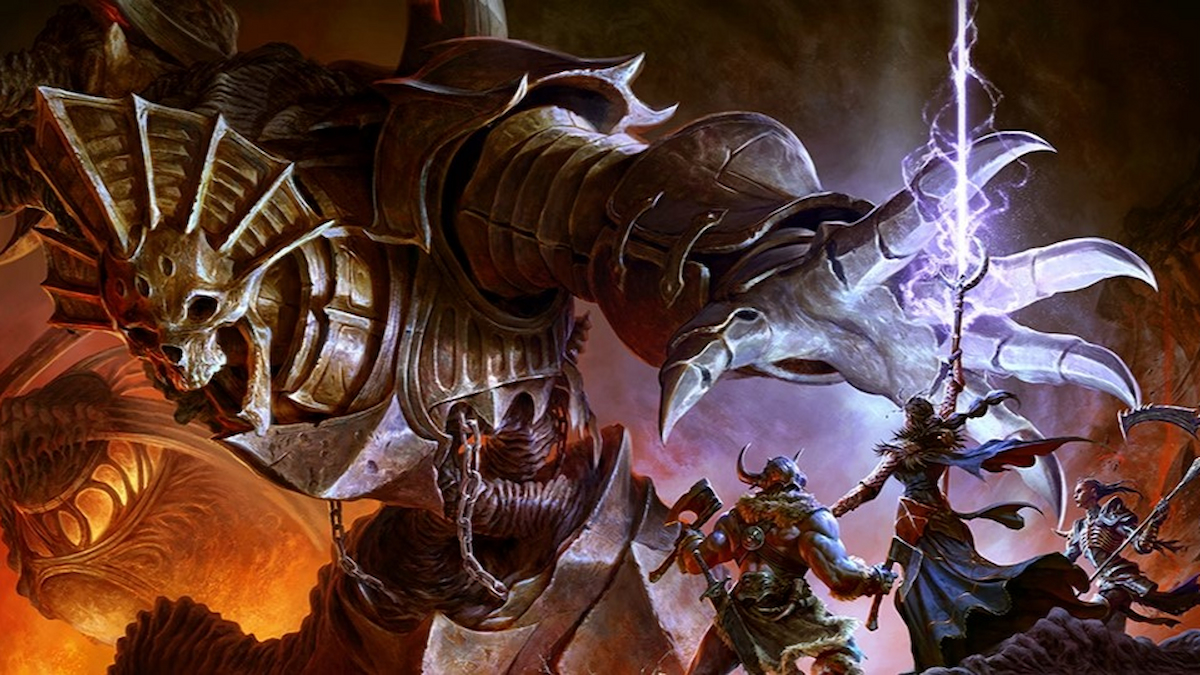
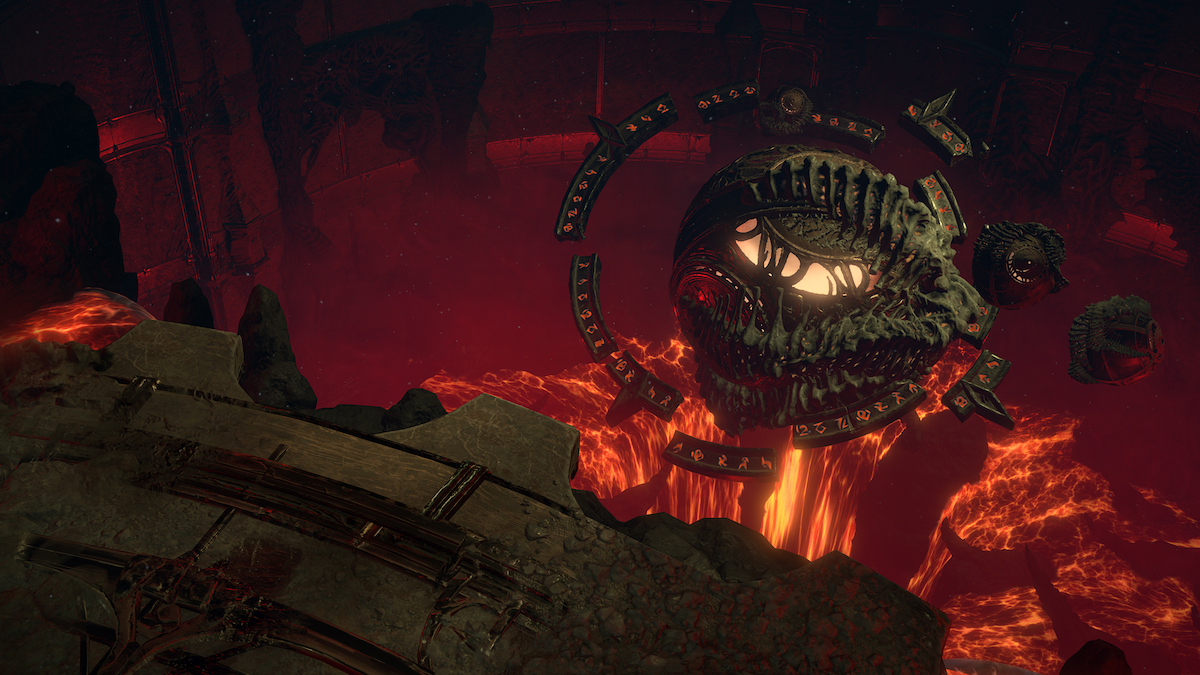
Published: Jun 2, 2023 02:00 pm